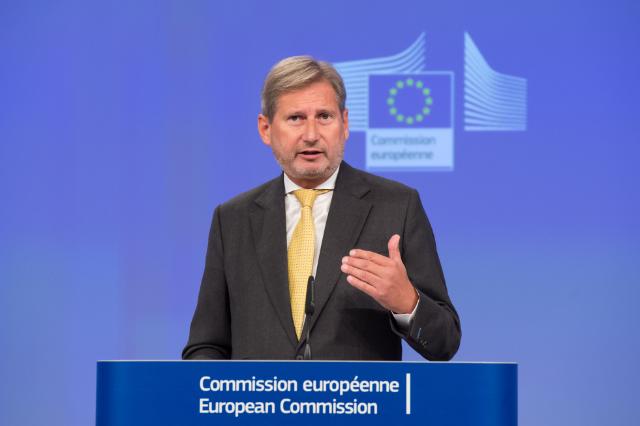The European Commission recently announced its intention to issue up to €75 billion of EU-Bonds in the first half of 2024 (H1). As in 2023, the Commission will raise these long-term funds under its unified funding approach, using single-branded EU-Bonds. The Commission will continue to complement its long-term funding operations with issuance of short-term EU-Bills. The funds raised will be used primarily to meet payments related to NextGenerationEU and notably the Recovery and Resilience Facility (RRF). The Commission’s funding plan for H1 2024 builds on a strong year of funding transactions in 2023: in total, the Commission raised €115.9 billion in long-term funds over the course of the year. This included NGEU Green Bond issuances of €12.5 billion, which brought the total amount of NGEU Green Bonds outstanding to €48.9 billion.
The Commission will continue to finance the green component of the RRF in H1 2024 by issuing NextGenerationEU Green Bonds. As ever, green bond issuances will continue to remain firmly anchored to climate-relevant expenditures reported by Member States, in accordance with the NextGenerationEU Green Bond Framework.
2024 will also mark the launch of the European Issuance Service (EIS) in January. The EIS will enable new EU debt securities to be settled in the same way as the securities of large EU sovereign issuers. This follows the introduction of quoting arrangements and the unified funding approach in 2023, and forms part of the Commission’s ongoing actions to develop the market infrastructure that supports the trading of EU-Bonds.
Background
The Commission borrows on international capital markets on behalf of the EU and disburses the funds to Member States and third countries under various borrowing programmes. EU borrowing is guaranteed by the EU budget, and contributions to the EU budget are an unconditional legal obligation of all Member States under the EU Treaties.
Since January 2023, the Commission has been issuing single branded EU-Bonds rather than separately labelled bonds for individual programmes. The proceeds of these single-branded bonds are allocated to relevant programmes according to the procedures set out in the applicable agreements. NextGenerationEU Green Bond issuances continue to finance only measures eligible under the NextGenerationEU Green Bond Framework. On the basis of EU-Bonds and NextGenerationEU Green Bonds raised since mid-2021, the Commission has so far disbursed €175.6 billion in grants and loans to the EU Member States under the Recovery and Resilience Facility, on top of further support to other EU programmes benefitting from NextGenerationEU funding.
In 2023, the Commission has also disbursed €16.5 billion to Ukraine under the Macro-Financial Assistance+ programme, with a further disbursement of €1.5 billion scheduled for later this month. This programme – which will deliver €18 billion to Ukraine over the whole of 2023 – follows the disbursement of €7.2 billion in emergency MFA loans to Ukraine in 2022. Prior to that, the EU had provided over €5 billion to Ukraine through five MFA programmes since 2014.
To further boost the secondary market liquidity of EU-Bonds, the Commission has introduced a framework to provide investors with pricing quotes for EU securities on electronic platforms. EU Primary Dealers started quoting prices for EU Bonds on 01 November 2023. The Commission is also working on a facility to support the use of EU-Bonds as an instrument for repurchase agreements (to be implemented by mid-2024).
Johannes Hahn, Commissioner for Budget and Administration : “2023 started with the introduction of the unified funding approach – a key milestone in the lifetime of the EU issuance programme. Thanks to this new operational framework and the ongoing support of our investors, we met all our funding needs for 2023 through a series of large benchmark transactions. This gives us great confidence for 2024, when we will seek to issue €75 billion in EU-Bonds in the first half of the year.”



